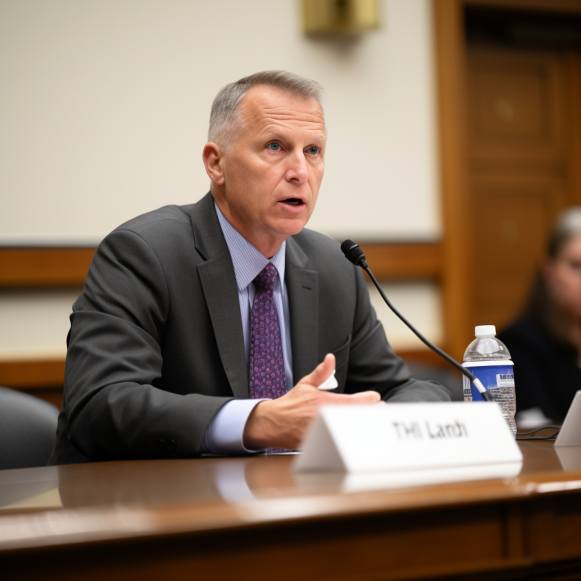Patients on Ozempic are developing a rare form of sudden blindness, doctors say

Eye doctors in Boston have started to notice a small but worrisome uptick in cases of a rare type of sudden blindness among patients taking semaglutide.
They’re raising questions about whether taking Ozempic or Wegovy might be leading to more cases of nonarteritic anterior ischemic optic neuropathy (NAION), a rare condition where blood stops flowing to the optic nerve, disturbing the connection between the eye and the brain. The issue typically surfaces suddenly, without pain, and results in people waking up in the morning unable to see out of one eye.
The new investigation, published Wednesday in JAMA Ophthalmology, found that people taking semaglutide appeared slightly more likely to develop NAION than other patients with obesity or diabetes. (Semaglutide is the active ingredient in two Novo Nordisk drugs: Ozempic for type 2 diabetes, and Wegovy for obesity.)
Rare, and notable
The number of patients on semaglutide who developed NAION was still tiny: out of more than 16,000 eye patients in Massachusetts included in this six-year retrospective investigation, only 37 people on semaglutide developed NAION. But that was still more than four times more eye problems than other, similar patients who were not on the drugs experienced over the same time period. Only nine individuals with diabetes or obesity who were not on semaglutide developed NAION, according to the researchers.
“This is information we did not have before and it should be included in discussions between patients and their doctors, especially if patients have other known optic nerve problems like glaucoma, or if there is preexisting significant visual loss from other causes,” lead study author Dr. Joseph Rizzo, the director of the neuro-ophthalmology service at Mass Eye and Ear and a professor of ophthalmology at Harvard Medical School, said in a news release.
“The use of these drugs has exploded throughout industrialized countries and they have provided very significant benefits in many ways, but future discussions between a patient and their physician should include NAION as a potential risk.”
Pushback from Novo Nordisk
In a statement sent to us, semaglutide maker Novo Nordisk said “patient safety is a top priority for Novo Nordisk , and we take all reports about adverse events from the use of our medicines very seriously.”
But the drugmaker also raised concerns about the ways this study was conducted, saying there were too few cases in the trial to draw meaningful conclusions, and that this type of backward-looking study could never answer questions about a causal link between semaglutide and NAION.
“NAION is not an adverse drug reaction for the marketed formulations of semaglutide,” the company said.
Patients with diabetes and high blood pressure have always been at an increased risk of developing eyesight issues. For example, having chronically high blood sugar can distort your eye lenses, contributing to blurry vision. (Novo Nordisk is also working on another, separate study, testing whether semaglutide might be useful in treating diabetic retinopathy.) NAION is usually permanent, and there is no treatment for it.





